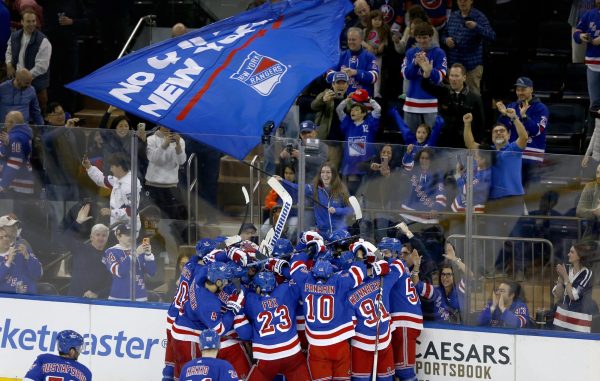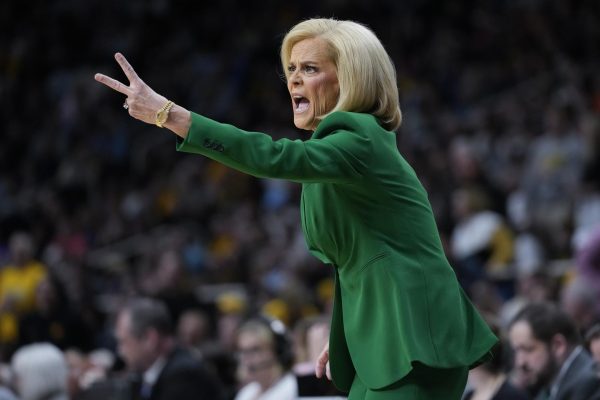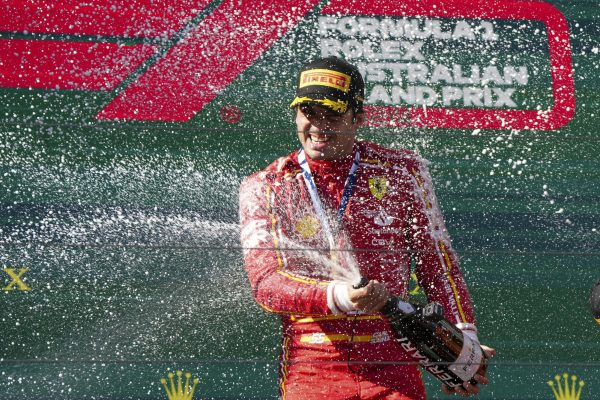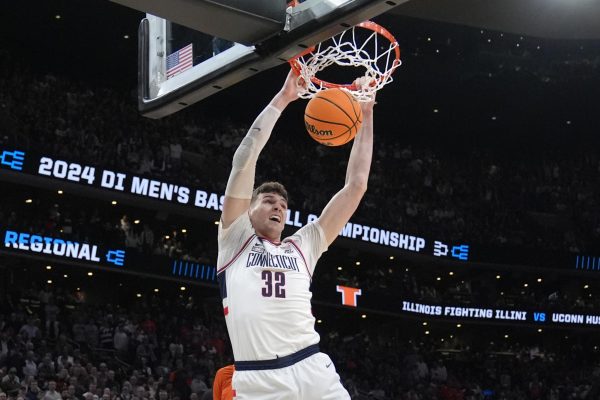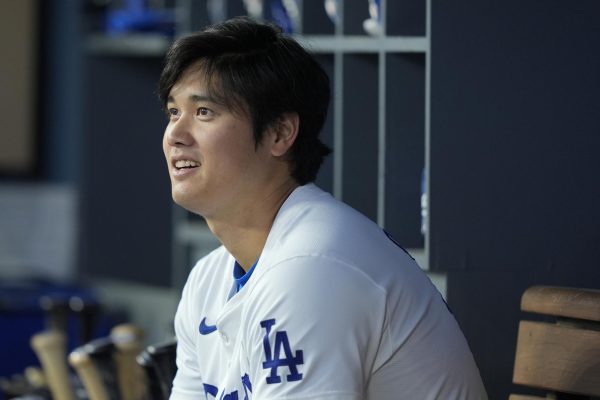Raonic Gives Men’s Tennis A New Hope
Have you noticed anything weird about the last Grand Slam men’s tennis champions? Here’s a hint: Djokovic, Nadal, Nadal, Nadal, Federer, Del Potro, Federer, Federer, Nadal, Federer, Nadal, Nadal, Djokovic. Ever since Marat Safin won the Australian Open in 2005, there have only been four different Grand Slam champions. It certainly seems like the status quo has remained unchanged for quite awhile now. Unlike previous decades in which teenagers were mainstays in the top 10, the 2000s and beyond have proved to be a noticeable exception.
Currently, the only teenager in the top 100 is Bulgarian Grigor Dimitrov, comfortably sitting at number 81. Dubbed “Baby Federer” because of the striking similarities between his game and that of the great Swiss, Dimitrov is believed to be one of the leaders of the wave of young players that is about to attack Nadal and Federer’s throne. Did I say “about?” Yes, well it seems like it was yesterday when Dimitrov first appeared on the men’s tour in 2009 and took Nadal to three sets in the Netherlands. Yet his and his fellow youngsters’ progress has been slow, to say the least. Until this year.
Surprisingly, the young player that impressed the most at the Aussie Open, and since, was neither of the usual “young” suspects. It was the 20-year-old, Montenegro-born Canadian Milos Raonic. Standing at 6’5″, Raonic not only fired the fastest serve in the tournament and served the most aces, but he also made an incredible run to the fourth round, beating tenth-seeded Russian Mikhail Youzhny and the 24-seed Frenchman Michael Llodra. In the end, it took the great resilience of Spaniard David Ferrer to break the will of the ambitious Canadian in four sets.
He did not stop there, however. Raonic later came to the U.S. in order to prepare for the final tournaments of the hard court season. After several great matches and multiple tiebreakers, he managed to win the title in San Jose by beating Spaniard Fernando Verdasco 7-6, 7-6 in the final. Verdasco claimed after the match that Raonic should not be competing in the same league as the rest. His serve was that discouraging.
The Canadian could not be stopped in the next tournament in Memphis either. Win after win, ace after ace and he was facing a second title when he reached the final against Roddick. As dull and boring as that match was, given the endless aces and few rallies from the baseline, it was certainly one of the closest affairs this season. Having won the first-set tiebreaker 9-7, Roddick missed multiple match points in the second breaker, which he lost 13-11. At that point, however, it seemed that Raonic was finally beginning to tire, both mentally and physically, and it was one of the very few sets this year in which he got broken twice. Even so, he managed to take it to 5-5 until finally succumbing to Roddick’s increasing attacks from the baseline and from the serve.
Thus, Raonic became the first of the new generation to finally make a breakthrough. The question remains, however: why is it taking these boys so long? After all, no period in tennis history has seen such a lack of fresh blood. Can it be that they are all so untalented that none of them deserves a place near the top? I certainly doubt it.
It seems much more likely that the game has reached a state of slight stagnation. The past three decades were all marked by fast developments in technology; everything in the game changed, ranging from racket size and weight to players’s outfits and training schedules. Young players were always faster to adopt the new changes and thus gained an advantage over the rest. The 2000s, however, were nothing like the recent past. Tennis racquets remained largely the same and the fitness of all players converged to a very high level that seems impossible for any newcomers.
From this point of view, it seems only reasonable why Dimitrov, Raonic and the rest are taking so long to make it to the top. Talent is simply not enough; they need large teams of physical therapists, psychiatrists and tacticians just to have a chance of taking on some of the big guns. The game has almost turned into a kind of a physical chess. Whereas before it was possible for Pete Sampras to come out and win matches because of his big serve, it is now almost unthinkable to win against Nadal or Federer without an excellent game plan and a tenacity to stick to it despite the inevitable setbacks that will occur. As we know, however, consistency is one of youths’ biggest problems.
Thus, even though Raonic has now made it to number 37 in the world, the rest are still well behind. Lithuanian Richard Berankis is 74th, Dimitrov is 81st, American Ryan Harrison is still far back at 150, while young Australian hope Bernard Tomic is even further behind at 187. It will probably take another year or two before they can finally be a part of the tennis elite. Until then, we can only gaze in wonder at Nadal’s and Federer’s magnificent skills and speculate as to how long they will be able to play at this spectacular level.




